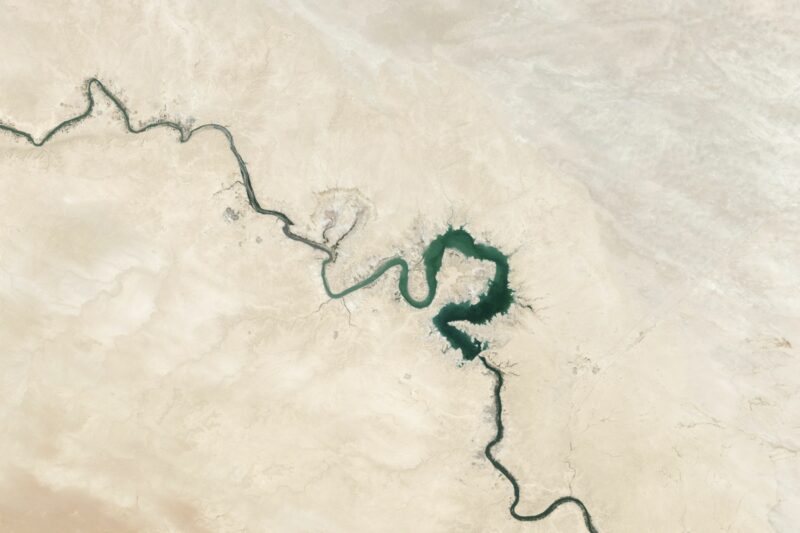Briefing note on the assessment “Differential climate impacts for policy-relevant limits to global warming: the case of 1.5°C and 2°C”
Authors
Share

Key findings:
- Significant impacts of climate change are projected already for a warming of 1.5°C above pre-industrial levels for all analysed climate changes and impacts, including temperature extremes, extreme precipitation and dry spells, water availability, crop yield reduction risks for major staple crops, coral reef bleaching and sea-level rise. The results add to a growing body of evidence showing that climate risks occur at lower levels than previously thought.
- Projected climate impacts will rise substantially between 1.5°C and 2°C with particularly high increases in heat extremes, the risk of tropical crop yield reductions, coral reef bleaching and subtropical water scarcity.
- Tropical and dry subtropical regions emerge as hot spots in which impacts increase most strongly between 1.5°C and 2°C. In combination with limited adaptive capacity and high exposure of most countries in these regions, this point towards a substantial increase in climate change risks.
- The results support the analysis of the IPCC AR5 which assessed risks for 3 out of 5 Reasons for Concern to be at least moderate-to-high under a 2°C warming. These three include risks for unique and threatened systems such as coral reefs, risks by extreme events and unequal distribution of risks across geographical regions.
Main results

The 0.5°C warming difference is critical for vulnerable regions
Our assessment implies that differences in climate impacts between 1.5°C and 2°C are most significant and pronounced for regions with limited adaptive capacity and high exposure.
Under a 2°C warming, coastal tropical regions and islands face the combined effects of a complete loss of tropical coral reefs, which provide coastal protection and are a main source of ecosystem services and livelihoods, on-going sea-level rise faster than today and increased threats from coastal flooding and inundation. Limiting warming to below 1.5°C could reduces this risk, as some coral reefs may remain and the rates and levels of sea-level rise are lowered substantially.
Tropical regions emerge as hot-spots for warming trends and agricultural risks. While extreme temperatures at 1.5°C still remain largely within the upper end of currently experienced climate variations, heat extremes that to date would be highly unusual will become the new normal in tropical regions at 2°C.
Risks of substantial regional crop yield reductions are projected. For wheat and maize, projected median yield reductions of local crop yields over the tropical regions double between 1.5°C and 2°C. If highly uncertain effects of CO2-fertilization on future crop yields are excluded, median reductions of 10% are projected for all crop types already under a 1.5°C warming.
Yield reduction and increasing water scarcity increase significantly between 1.5°C and 2.0°C of warming in subtropical dry regions and especially the Mediterranean. Population growth and urbanization in these regions will greatly increase these regions vulnerability to such climate impacts. In conjunction with other development challenges, the impacts of climate change represent a key risk for regional food security.
The Mediterranean region, including North Africa and the Levant, emerges as a hot-spot for severe reductions in water availability and dry spell increases as warming moves from 1.5°C to 2°C: the already water scarce regions faces reductions in water availability of up to 16% under 1.5°C. This risk doubles to almost 30% of potential reduction at 2.0°C of warming.











